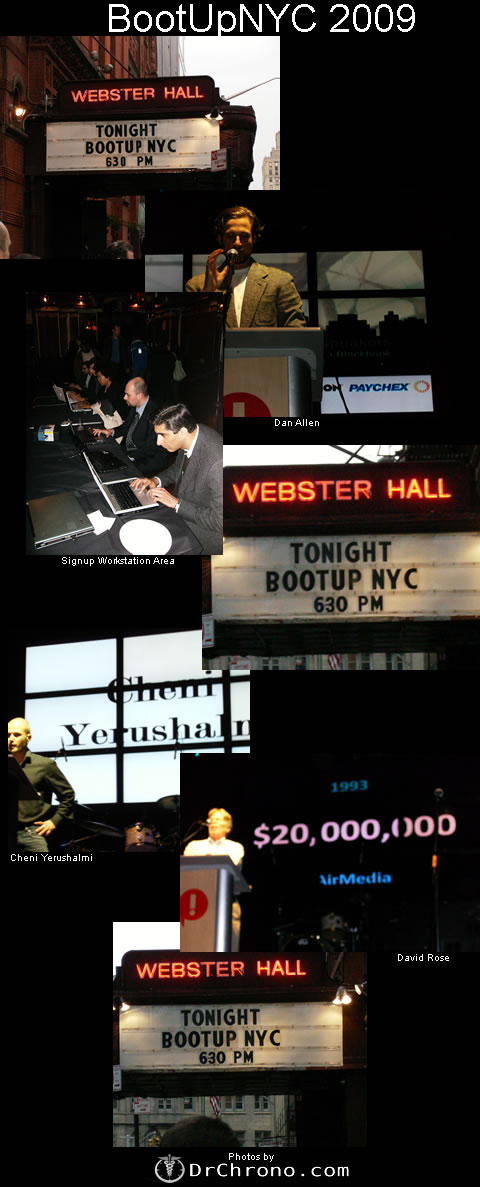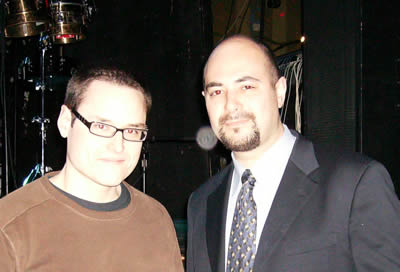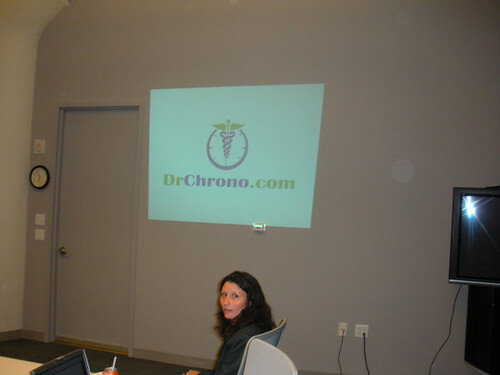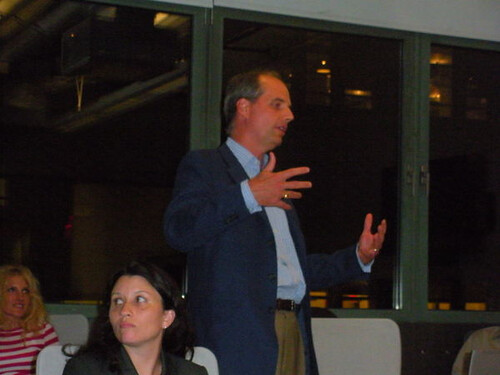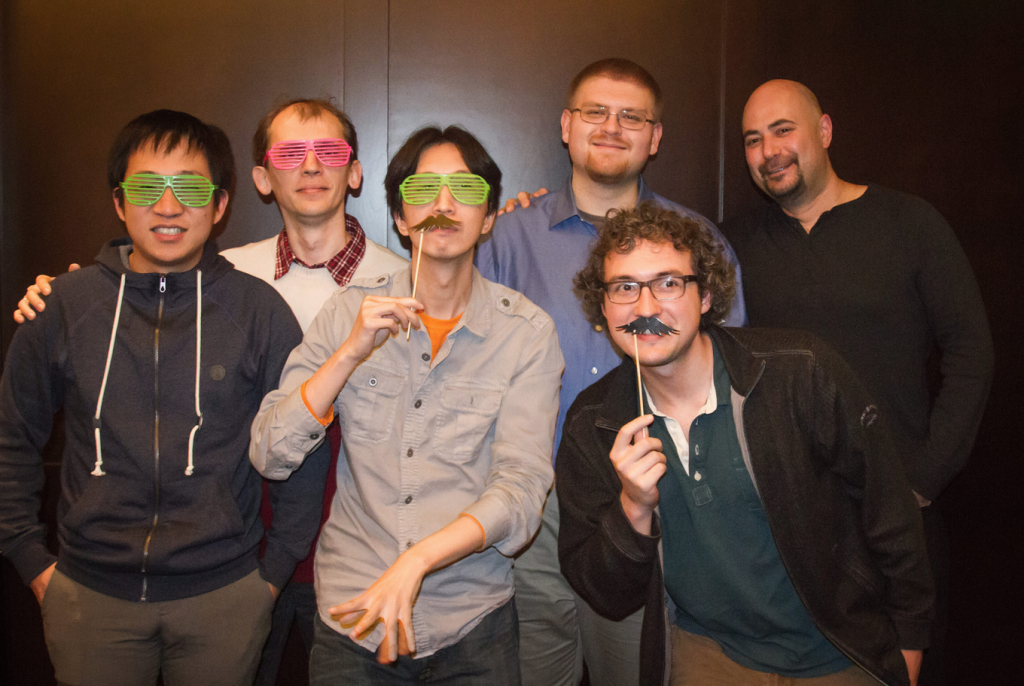
healthcare hackers.
If you haven’t done so yet, please take the “drchrono hacker challenge” before moving forward. If you have already taken the challenge then read on. We are hiring for a number of roles, you can find a list of career descriptions here.
The Hacker Challenge
We have a lot of talented hackers take the “drchrono hacker challenge” in many different languages, there are a lot of programming languages. You can take the challenge in any language. We love all languages and each have their benefits, but we give preferential treatment to the languages most relevant to working at drchrono.
Our preferential languages to use in the challenge are: Objective-C, Python, Javascript, Erlang. Also if you know Swift, let us know, the challenge doesn’t support Swift, but just mention to us that you have used Swift.
Other languages frequently used for webdev are also impressive to use to use for the challenge: Ruby, Clojure, Go, Perl (to some degree), C/C++ (to some degree).
We don’t use these in drchrono, but will be impressed if you test well using them: Rust, OCaml, Haskell, Lisp, Lua, Racket, F#, D, Scala, PHP.
The languages least relevant to drchrono are: C#, VB.NET, Java.
Our reasoning: The healthcare hackathons consists of mainly JavaScript and/or Django-Python. So our preference is you take the drchrono hacker challenge in something related to what you will be doing here. You can give the challenge a try in the language you know best, then take the challenge again in Python, that will impress us. We are ok with you learning and taking our challenge a few times if needed.
We’re looking for well-rounded iOS developers, ideally with experience in all layers of the stack.
If you really want to impress us, take our “Hard Hacker Challenge“.
The Cram Period
Once we call you in for a healthcare hackathon, you will have a chance to learn as much Django as possible before coming in to impress us with your skills. (We also do iOS — Objective C and Swift Hackathons for people who are looking to join the iOS team)
Django is a web development framework built on Python, to be a successful Django developer you have to know the in’s and out’s of Python. It is possible to learn both the language and framework together, but it’s much easier to pick up Python first, and then learn Django by following their build-an-app tutorial. A good Django dev is a good Python dev, but a good Python dev is not inherently a good Django dev. ~Nick S. from the engineering team
For those of you who don’t know Django we recommend taking as much time as possible before coming in to learn as much Django as you can. I can’t stress enough that knowing Django will make it a successful hackathon for you.
django: built by perfectionists with deadlines
I would recommend learning Django ~ 4-6 hours a week to really get a handle on it. Our stipulation is that when you come you are ready to hack away on our stack.
Here are a couple of good resources to get you started, we use the lastest version of Django and Python (2.x):
Free Resources
- Django Project Overview, Really all you need is this
- Great Videos on Django
- Another Getting Started Video
- The Django Book
- General Python
- Paperback Book for those who love books
- A Quick Refresher in HTML & CSS
- Two scopes of Django
Great Learning & Courses
- Paid Course: Programming Foundations with Python with an Instructor from Udacity
- Paid Course: JavaScript Basics from Udacity
- Paid Courses: Django Courses from Udemy
- Online Learning from from Lynda
Focus on making a small apps instead of just reading docs, show us what you built when you meet us in person!
Optional: Impress us by learning the drchrono Application Programming Interface API also if you have time, it isn’t required but it would be great to see what you think about it and what you can do with it. Work on one of these projects and show it off to us when you are at the chronoplex. Doing one of these projects is a great way to learn Django, learn about healthcare, leverage an API and will for sure impress us during your code review the last day of your healthcare hackathon … more about the hackathon below. Learn a bit about RESTfuls API with this tool.
The Healthcare Hackathon
The drchrono hackathon is 3 days, so you have only so much time here in the chronoplex to do something impressive.
definition: hack·a·thon An event, typically lasting several days, in which people meet to engage in collaborative computer programming.
Generally the 1st day is getting acclimated, meeting the team, getting use to the Mac, the development environment, and the software we load onto it for you. Not to mention learning a bit about Mountain View. We are a startup and there are about ~35 people on the team, say hi to people as they walk by! Let people know who you are, what you are working on. Talking to people will give you fun insight into our culture, team and some fun conversation.
It is ok to bring your own laptop to the hackathon, it is also ok to use Google, StackOverFlow and the like for the hackathon. Of course you will have the Internet as well while you are here.
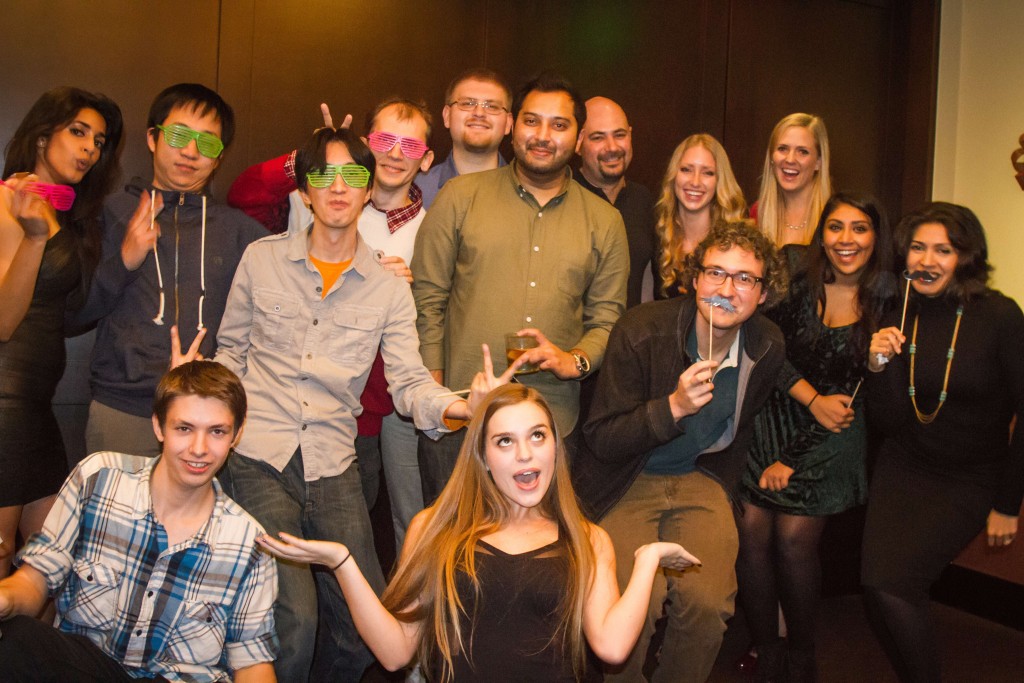
who you will be meeting.
If you want to have an extra day to explore, just let us know and we will add an additional date to your hotel room, on drchrono’s dime. You can look around and be a tourist for a day. Apple is about 30 minutes away, Y Combinator is about 15 minutes away and Google is next door to the chronoplex. San Francisco is just a CalTrain ride away. Just let Barbara our office manager know before you come out so we can book the extra day for you!
The “chronoplex” address –
328 Gibraltar Dr, Sunnyvale, CA, 94089
For a successful hackathon, we give you an idea, a code base to work, and you start hacking from there on the idea. Use your imagination and our suggestions to implement the idea. In order to do this, you’ll definitely have to know how to do a little frontend + backend work, which typically involves coding in:
- HTML + JavaScript + CSS
- jQuery (Angular.JS is awesome but not essential)
- Python + Django
- Git + Bash (awesome if you know it but not essential)
- Objective-C and Swift ( not related to this hackathon )
The Code Review
At the end of the hackathon on the last day before you leave, we will do a code review to see how well you did on the task at hand, code quality and functionality. We review code to see how well you think on your feet, hacking away, and to see if the actual “thing” you built works and how much progress you made. We want to see what you’re thinking was, the issues you ran into and why you did what you did.
Also during the code review the team would love to see other projects you have worked on if you have them. We love looking at side projects, past work at other companies and any side apps. This helps us see how you program, tackle problems and see what you’re interested in.
The code review generally takes an hour.
The healthcare hackathon is the main determinant if we hire, the code and if we are a good culture fit.
A real email from a hackathon candidate after a code review.
Some more insight from another hackathon candidate and why it is worth doing.
Our Culture
We see every developer we hire as artists, generally, the developers work when they are most productive, though being at the chronoplex is critical, we are a startup, we all need fast feedback loops and communication, as the platform is created, this applies across all teams from sales to customer success.
We try to minimize the meetings also to two per week with the developer team so you can focus on what is most important, building the platform.
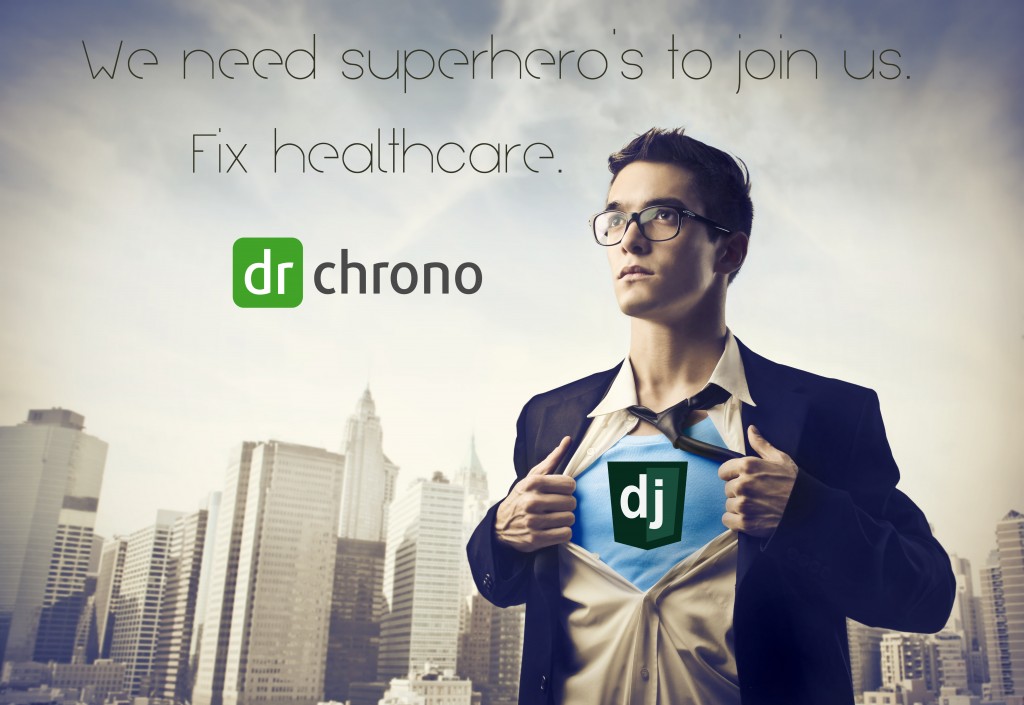
Getting Hired
If the engineering team loves your code, we hit it off and you feel like drchrono is your future home … we will make you an offer fast within a matter of days. We are looking for the right people over just hiring anyone and seeing you in action hacking away and meeting in person speaks volumes on both sides.
After the healthcare hackathon, generally the decision is made in about 10 days if not before then, at this point we will give you an update on everything and if all goes well, we will make an offer!
~ Life is short, build stuff that matters.
Note: Thanks to the drchrono engineering team for reading drafts of this.
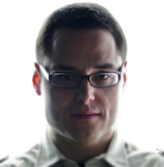 |
Article by Daniel Kivatinos, COO and cofounder, drchrono Daniel drives direction, brand vision, and business strategy for drchrono. Daniel’s focus has been in the technology space since 2001, as a software engineer and entrepreneur. Daniel holds an M.S. in Computer Science and a B.S. in Computer Science & Psychology from Stony Brook University. |




